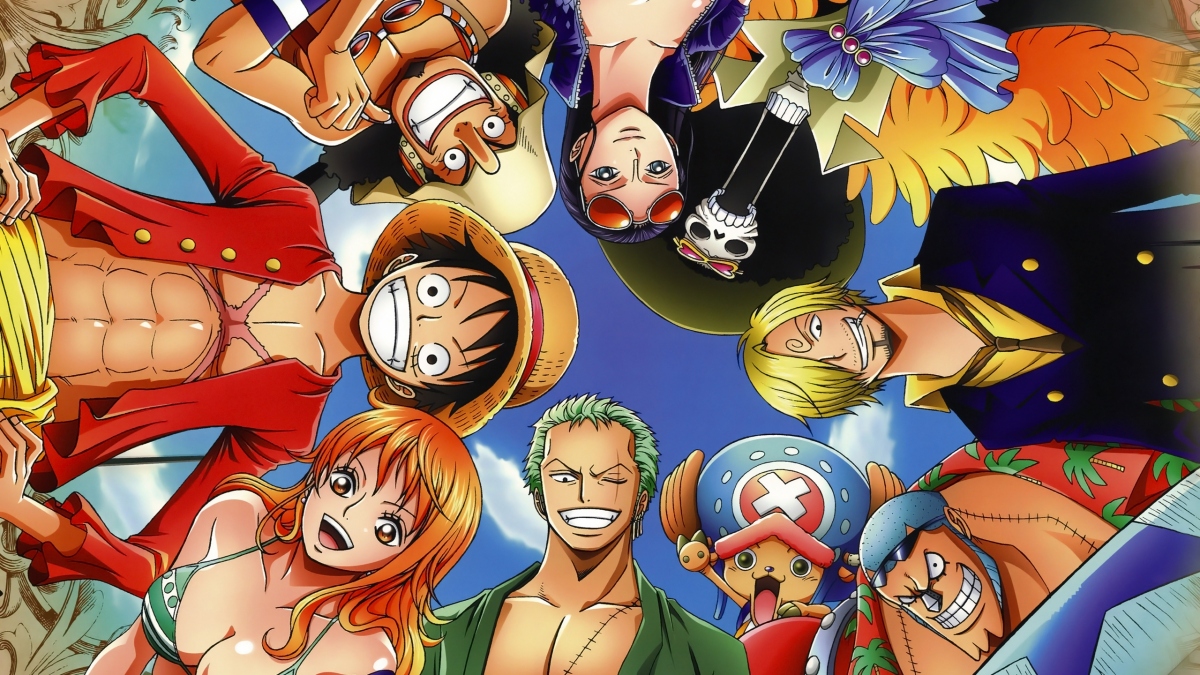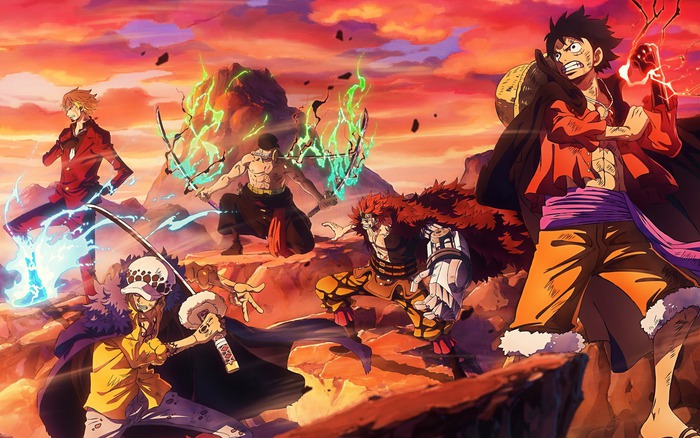From Manga to Anime: One Piece’s Transition to the Small Screen
Introduction:

One Piece, the iconic and beloved manga created by Eiichiro Oda, has captured the hearts of millions of fans worldwide with its adventurous spirit, lovable characters, and captivating storyline. Since its serialization in 1997, the manga has enjoyed immense success, becoming one of the best-selling manga series of all time. However, the magic of One Piece truly came to life when it made its transition from manga to anime. In this blog, we will explore the fascinating journey of One Piece’s adaptation to the small screen, the challenges faced, the impact it had on the series’ popularity, and its enduring legacy in the world of anime.
The Origins of One Piece:
Before diving into the anime adaptation, let’s briefly touch upon the origins of One Piece. Eiichiro Oda, the brilliant mind behind the series, introduced readers to the world of pirates, treasure, and dreams. The story revolves around Monkey D. Luffy, a young boy with the ambition to become the Pirate King. Luffy sets sail on a journey with his diverse crew, the Straw Hat Pirates, as they search for the legendary treasure known as the One Piece.
The Animation of Dreams:
In 1999, Toei Animation took on the ambitious task of bringing One Piece to life on the small screen. The anime aimed to capture the same sense of adventure, humor, and camaraderie that endeared the manga to fans worldwide. With 100 episodes planned initially, One Piece embarked on an unforgettable animation journey.
Challenges in the Transition:
Adapting a long-running and beloved manga into an anime series presents its own set of challenges. One of the primary concerns was maintaining the integrity of Oda’s original work while ensuring that the animation remained visually appealing and engaging. The vast world of One Piece, with its diverse islands, unique characters, and imaginative devil fruit powers, required careful attention to detail in the adaptation process.
Toei Animation faced difficulties in pacing the anime to align with the manga’s release, leading to the inclusion of filler episodes to give Oda time to advance the manga’s story. While some fans appreciated the additional content, others expressed frustration at the slowed progression of the main plotline.
The Longevity of One Piece Anime:

Despite the initial challenges, the One Piece anime quickly gained traction and became a cultural phenomenon. Luffy and his crew’s exploits resonated with audiences across age groups and nationalities, fostering a dedicated fan base. The anime’s impact extended beyond Japan, garnering immense popularity in various countries and introducing countless individuals to the world of anime.
One of the keys to the anime’s success is its unwavering consistency and longevity. As the manga continued to flourish, the anime remained steadfast, consistently airing new episodes and arcs. Unlike many anime series that face cancellations or hiatuses, One Piece has maintained a strong presence on television screens for over two decades.
Epic Moments and Emotional Resonance:
The One Piece anime is lauded for its ability to deliver breathtaking action sequences, emotionally charged moments, and heartwarming character interactions. Iconic scenes, such as the Enies Lobby Arc’s “Gear Second” reveal or the emotionally charged parting between the Straw Hat Pirates and Going Merry, have left a lasting impact on fans.
The anime’s portrayal of themes such as friendship, determination, and pursuing one’s dreams has resonated with viewers of all ages. The emotional depth and growth of characters throughout the series have made them more than mere animated figures; they have become sources of inspiration and role models for many.
The One Piece Fandom and Community:
One Piece’s transition to anime played a significant role in fostering a strong and supportive fandom. Fans around the world actively engage in discussions, fan theories, and art creations, further expanding the universe of the series. Conventions and fan gatherings celebrate the shared love for the Straw Hat Pirates and the unforgettable adventures they embark upon.
The sense of camaraderie within the One Piece community is unparalleled. Fans share their love for the series through fan art, fanfiction, and even charitable endeavors inspired by the themes of friendship and unity portrayed in the anime. The global reach of the One Piece fandom has transcended cultural and linguistic barriers, creating a tight-knit community that unites fans from all walks of life.
Impact on the Anime Industry:
The success of One Piece’s anime adaptation has had a profound impact on the anime industry as a whole. As one of the longest-running and most popular anime series, it has set a benchmark for other shonen anime to aspire to. One Piece’s influence can be seen in the storytelling, character development, and animation style of many subsequent anime series.
The series’ success has also opened doors for other long-running anime adaptations, proving that well-crafted storytelling and engaging characters can sustain a loyal fan base over extended periods. Additionally, the anime’s global popularity has contributed to the growing international interest in Japanese animation, furthering the anime industry’s global outreach.
Conclusion:

The journey of One Piece from manga to anime has been nothing short of remarkable. Toei Animation’s dedication to capturing the essence of Eiichiro Oda’s masterpiece and presenting it on the small screen has solidified the series’ place in the hearts of millions of fans worldwide. From epic battles to emotional farewells, the anime has left an indelible mark on the world of animation and pop culture.
As One Piece continues to sail onward, captivating new audiences and rekindling the excitement of long-time fans, its legacy remains firmly intact. The story of Luffy and the Straw Hat Pirates continues to inspire generations, showcasing the magic that can happen when a beloved manga finds its way into the animation realm. Whether through ink or animation, One Piece will forever hold a treasured place in the annals of anime history, and its influence on the anime industry and the hearts of its fans will endure for generations to come.
That’s me, Andreea Blaga, author of the blog anime-everything.com. I work as a content creator in the US. I am also passionate about Japanese Anime.


Related post
Character Study: Korra and Aang’s Legacy
In the richly woven tapestry of the “Avatar” universe, the characters of Korra and Aang...
Jul
Islands of Wonder: Exploring the Unique Geography of One Piece
Enter the vibrant world of One Piece, a beloved manga and anime series created by...
Jul
Unveiling ‘The Eminence in Shadow’: A Dive into its Intriguing Premise
“The Eminence in Shadow” is a light novel series written by Daisuke Aizawa and illustrated...
Jul
Dragon Ball Z: A Cultural Phenomenon Through the Ages
Since its debut in 1989, “Dragon Ball Z” has become a cultural phenomenon that transcends...
Jul
Unleashing the Chainsaw: A Deep Dive into Chainsaw Man’s Gripping Plot
In the realm of dark fantasy manga, few series have captivated readers quite like Tatsuki...
Jul
Aang’s Journey: From Reluctant Hero to Avatar of Peace
In the world of animated series, few have captured the hearts and minds of viewers...
Jul